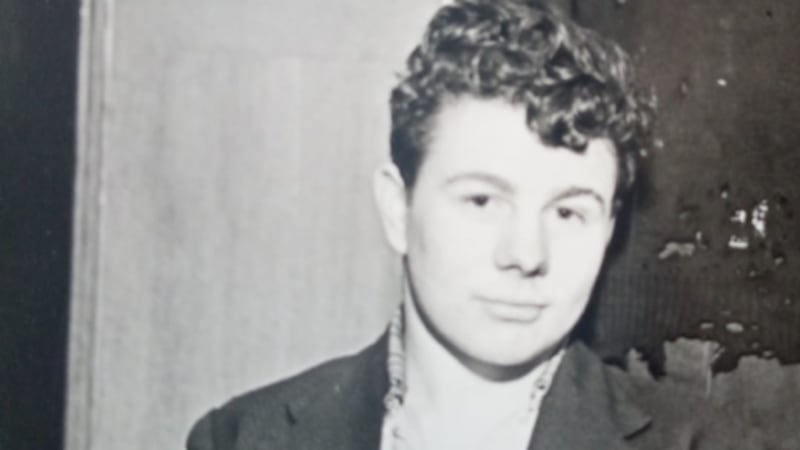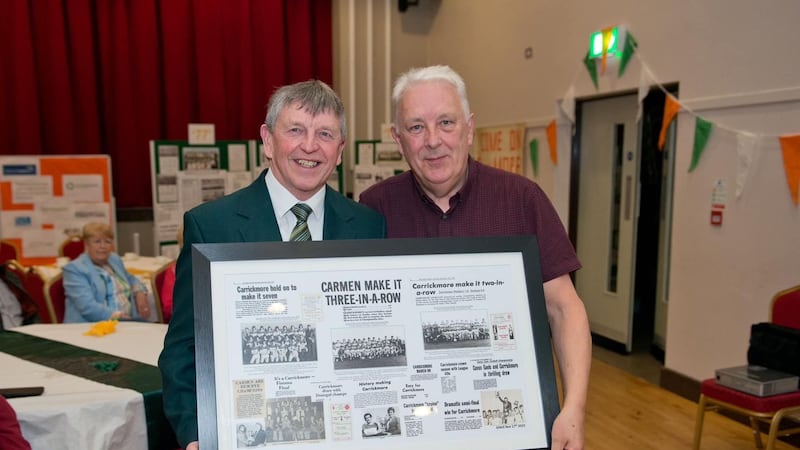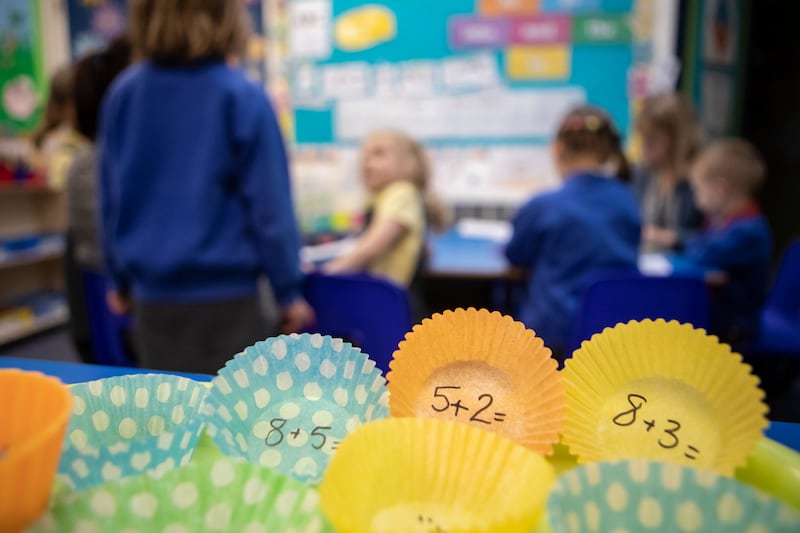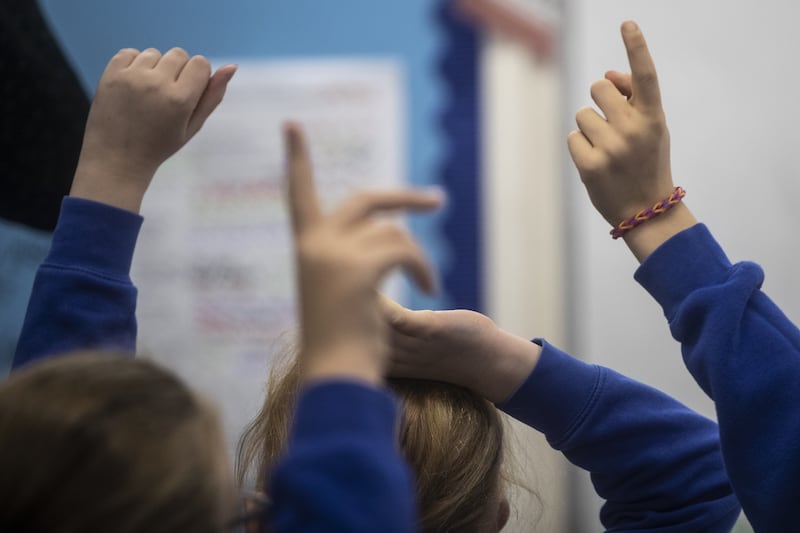THE number of male teachers in classrooms across Northern Ireland has slumped to a record low.
While unions, charities and education bodies have long been aware of a problem, there have been no major strategies to tackle it.
Just 15 per cent of the primary workforce now is male, and there are no men at all in nursery schools.
Many small primary schools have no male teachers - or even any male staff - and very low numbers are found in P1-3.
In a special feature today, the Irish News looks at the annual decline and speaks to experts, principals and students about the issue.
There are concerns that from a young age, children perceive primary teaching as exclusively female.
Unions claim that men are put off by the idea that they are supposedly not meant to work in jobs involving children.
They have criticised this as old-fashioned thinking, which people need to move beyond.
The profession has been dominated by females for decades.
The Department of Education has been highlighting for years what it describes as a "notable" absence of male teachers in nursery schools.
But experts say nothing has actually been done and are calling for a regional strategy.
An analysis of statistics by the Irish News shows that the numbers are crashing.
Overall in 2006, there were 5,370 male teachers in the north's schools - 27.13 per cent. The proportion for primary schools alone was 16.3 per cent, about 1,300 teachers.
Apart from a slight rise in 2015, the numbers have fallen every year since.
The most up-to-date figures, which are for 2018/19, reveal the number dropped to 4,532 - 22.9 per cent.
In primary schools, there were just 1,407 male teachers - 15.7 per cent of all primary educators.
There have not been any men in any nursery school for 13 years.
Dr Brian Cummins, Principal Lecturer in Education at Stranmillis University College, leads a project that aims to encourage more males into the profession.
He said while it was widely accepted there was a issue, "everyone thinks that someone else is dealing with it".
"No one is dealing with it. It is always someone else's problem," he said.
"We have had bursaries, created a website, had conferences. We do what we can, but we are making a minor impact. There has not been anyone in government saying `let's have a regional strategy'.
"We are at risk of reaching a tipping point. There are plenty of males that could do it, but there are too many barriers in their way."
Dr Cummins noted the massive push to achieve a gender balance in science, technology, engineering, manufacturing and construction jobs, where women are under-represented.
He said if education bodies were serious about addressing the imbalance in teaching, schemes similar to Women into Science and Engineering (Wise) could be considered.
"There is nothing like that for males into teaching. We have nobody promoting it, no campaign and no financial incentives," he added.
"We have had all sorts of dicussions, could we lower the grades for males coming into teacher education, but that is going nowhere. The only public strategy was the Males in Teaching (MiT) website, but there is no further funding.
"There is enough research, but there needs to be something - a special interest group, a forum, a regional strategy. Promotion is key."
Catriona Rogers, a senior lecturer in Early Childhood Studies, said there were very few males in the first three years of primary. They mostly taught in P4-7.
"We very much encourage and welcome male applicants to work in day nurseries and Sure Starts, but we do not have a lot of applicants," she said.
"Males tend not to consider early years. This can be down to peer pressure. A lot of young boys would tell you that their friends will laugh, or it is a woman's job. It is not being pushed in schools either.
"There needs to be a societal change. Young males need to see it is a viable option."
::
The number of men in teaching 2006-19
Year Males
2019 4532
2018 4566
2017 4585
2016 4605
2015 4620
2014 4601
2013 4677
2012 4898
2011 4978
2010 5031
2009 5101
2008 5105
2007 5210
2006 5370








